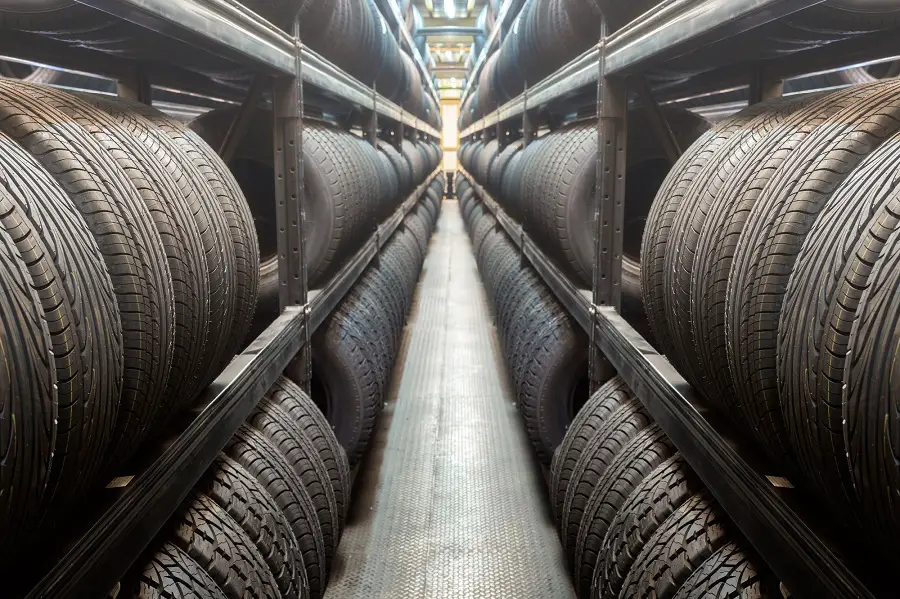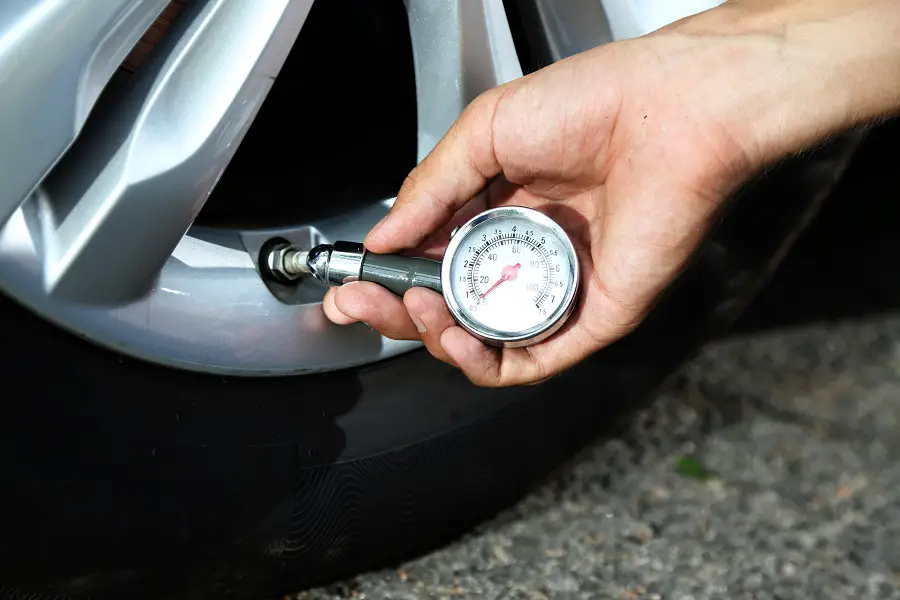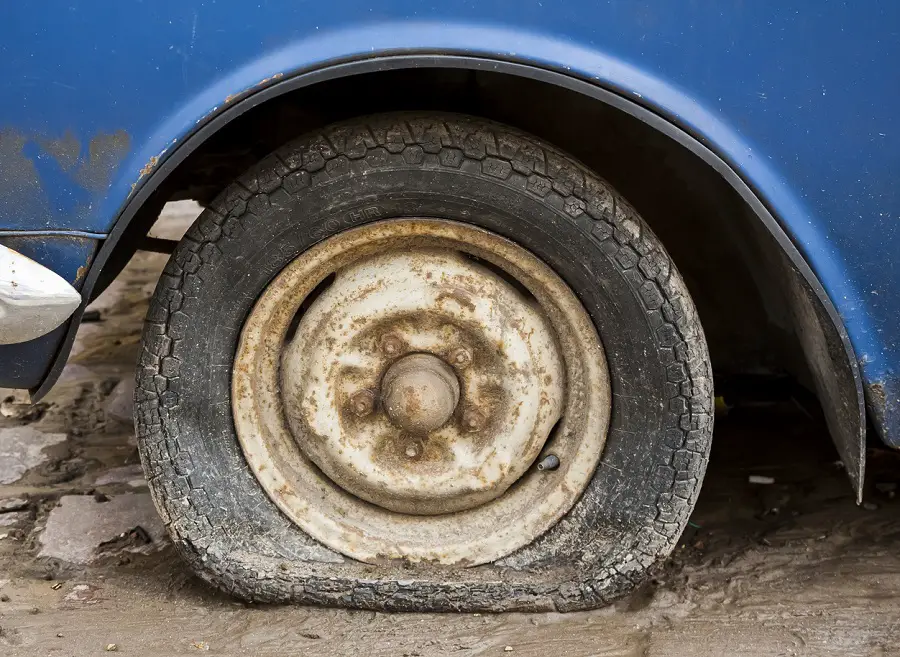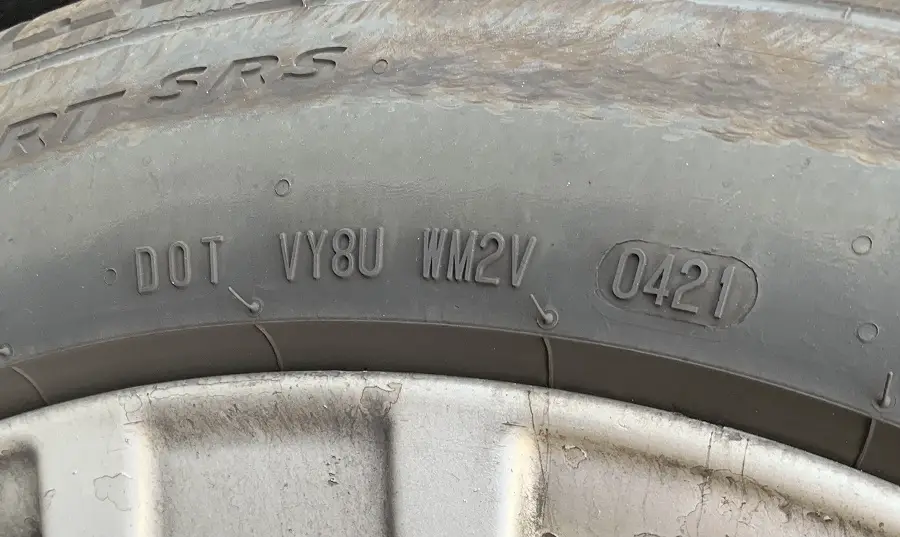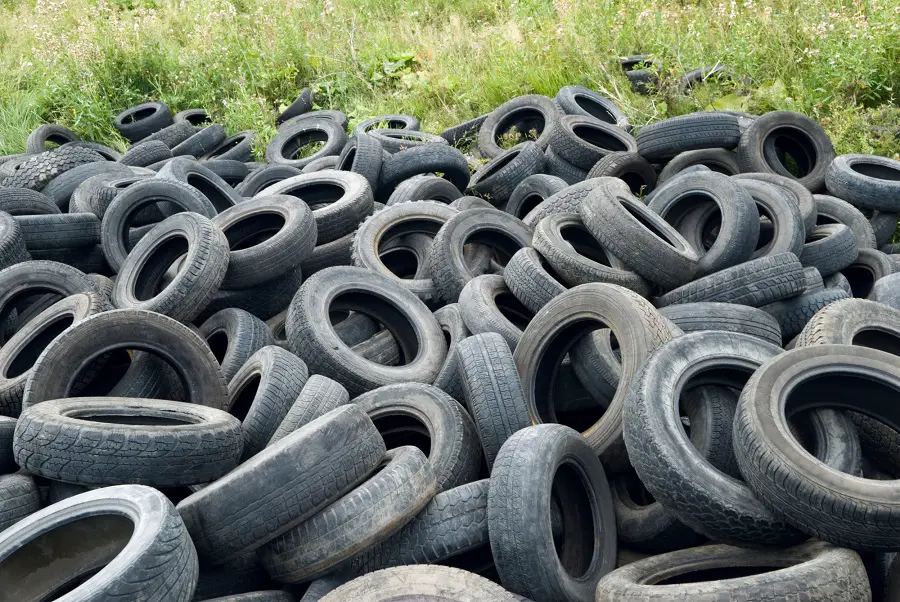When I was putting the finishing touches on my ’74 Challenger the question came up about tire size. Every hotrodder loves to see big, meaty, wide rubber filling the rear wheel wells. But I began to wonder what changes I’d have to make to the rest of the suspension and steering to be able to get the look I wanted.
I wanted big tires on the back and skinny ones on the front – would this cause a problem?
And would mismatched tires compromise drivability or, worse yet, make the car dangerous?
It’s okay to have different-sized tires on your car as long as the tires on each axle are the same. The front tires should match and the rear tires should match. If you do run different sizes, you have to adjust steering and suspension components so everything works well together.

Whether you are buying a used car or replacing tires on your vehicle, tire safety matters. Drivers often wonder if they can mix and match tires.
Most newer cars are designed to have all tires matching. If you deviate from the design you may have drivability issues or, worse yet, make the car undrivable.
The four tires on your car should match, but there are always some exceptions to the rule.
For example, some vehicles – especially high-end sports cars & hot rods – come standard with slightly larger tires on the rear axle. Engineers design cars with performance handling technology. So the different tires on the front and rear axles enhance the steering and traction.
If you can only replace one pair of tires, experts recommend using the same tires on the same axle. Ideally, car tires need to match because the tread wear keeps you and your passengers’ safe while on the road.
Is It Ok to Have Two Different Tire Brands?
Generally, drivers should have all four tires installed at the same time from the same brand. Tires wear at different rates, so having mismatched tires from various brands can affect the handling and traction, decreasing safety on the road.
This is also why it’s important to rotate your tires on a regular schedule.
Tires are your vehicle’s shoes. Consider how you would walk if you wore shoes from different brands. Even if you wore the same type of shoes, the heel height might be slightly off, and they might not have the same cushioning. The subtle differences would affect the way you walk, which would be uncomfortable and awkward.
It’s okay to have different brand tires so long as the size is similar and the tread type, and pattern, are similar. Keep like tires on the same axle but it’s advised to run them in pairs – don’t have four different tires from different brands.
Can You Have Two Different (but close) Tire Sizes on Your Car?
While vehicle manufacturers design cars that have staggered tire sizes, most vehicles should have matching tires. Late-model cars and trucks have precision engineering, so changing the sizes can hurt the alignment and suspension, eventually causing expensive damage to your car or truck.
Not following the manufacturer’s recommendation on tires suggests that the driver probably doesn’t do other routine maintenance on the vehicle. Putting different tires on a car or truck can decrease its value, especially when the driver tries to sell it or trade it for a new one.
When your tires match and you rotate them regularly, they wear evenly. With proper tire maintenance, you can extend their life. Drivers who don’t rotate them often need new tires more frequently as they’ll wear out inconsistently.
It probably goes without saying that you should absolutely avoid running a single tire that is bigger (or smaller) than the rest. This can not only impact handling but it can quickly destroy suspension, steering and drivetrain components.
Can You Drive With Two Snow Tires & Two Regular Tires?
Tire manufacturers create winter tires to have special treads and chemical compounds that give drivers more control on slippery roads. Snow tires have special rubber that stays flexible when the temperatures drop. Regular tires tend to stiffen in freezing temperatures.
Along with the special rubber, snow tires have deeper treads to grip the snow and ice to help drivers stay on the road. Some winter tires also come with metal studs for added traction. When drivers mix and match their snow and regular tires, they are asking for trouble.
If you want winter tires on your vehicle, you should have them installed on all four wheels. When you only have one pair of winter tires, the other tires will not have the same grip and flexibility in the cold weather. You can lose traction, especially in slippery corners or at icy stop signs.
Even if you have front-wheel drive, you need the same tires on all four wheels. The rear wheels need to grip the road when your front wheels are pulling the vehicle and steering. The same goes for vehicles with rear-wheel drive, as the front wheels need to steer as the rear axle pushes the car.
Winter tires do not benefit from warm weather, as the rubber can wear out faster. Save them for your winter driving.
Additionally, it’s not a good idea to run snow tires during the summer if you’re doing a lot of highway driving. Not only do they get horrible gas mileage, but they also create much greater drag and friction (as they are designed to do) because of the deep tread and stickier rubber (I learned this the hard way).
Is It Ok To Have Mismatched Tires?
Tire manufacturers do not recommend mixing tires, ever. When you need new tires, they should all have the same tread pattern, speed rating, and size. In short, buying four matching tires is the best way to avoid damaging your vehicle’s drivetrain.
Unfortunately, tire damage forces drivers to buy one tire. If you have a damaged tire that needs replacing, bring it to a service department to see if they can repair the tire. Repairing the tire saves money, and it prevents you from having to worry about having tires with different amounts of wear.
If the tire dealer cannot repair your tire, ask the technician to pair the tire with the one that has the most remaining tread. When you have a new tire on an axle with a worn tire, the different tread wear can affect the suspension and transmission. If you think tires are expensive, wait until you have to repair those costly vehicle components.
When you have to replace one tire, the best choice is to choose the same brand and size of the three you already have. If you have a vehicle with front-wheel drive, have the tech put the new tire on the front axle. On the flip side, if your vehicle has rear-wheel drive, install the new tire on the rear axle.
It’s best to match all-season tires with all-season tires, dy weather tires with dry weather tires, etc. Keep similar rubber compounds together for better handling and wear.
How to Extend the Life of Your Tires
Tires are expensive, so learning how to make them last longer helps you save money in the long run. With a few driving changes, you can lengthen the life of your tires.
Slow Down When Turning
Turning at high rates of speed causes your tires to wear out faster. If you slow down before you turn, your tires do not have to work as hard to keep your vehicle on the road.
Don’t Drift in Your Daily
If you decide to run your car at the local club track drift day – run a different set of tires! I think it goes without saying that you shouldn’t drift in tires you want to last.
Watch Burn-out Competitions – Don’t Participate
It shouldn’t have to be said, but this is a motorsports blog after all! We all like power, speed, and doing “fun” things with our vehicles. But heed the vehicle manufacturer’s specifications when it comes to tire sizing – as well as intended use. Keep the rubber on the tires and not on the asphalt (big brother made me say this – haha).
Perform Regular Maintenance
Basic maintenance helps tires last longer. You can easily check your tire treads with a penny. Place the penny in the tread, with the top of Lincoln’s head pointing downward. If the tread doesn’t cover Lincoln’s hair, then you might need new tires.
Most late-model vehicles come with tire pressure monitoring systems that alert the driver if the pressure drops. If you get a notification that your tires need air, fill them. Driving without enough air in your tires is a surefire way to wear them out quickly.
When you take care of your matching tires, they last longer and help your vehicle perform at its best.

